The Critical Role of Downhole Tools in Oil and Gas Operation
Downhole tools are designed to perform various tasks deep within wellbores, have revolutionized the efficiency, safety, and effectiveness of drilling and production operations. From enhancing reservoir characterization to optimizing production rates, downhole tools play a critical role in maximizing the yield from oil and gas reservoirs.
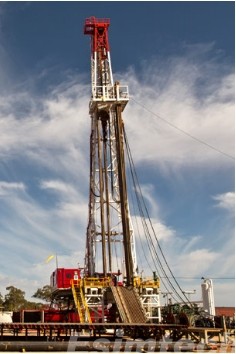
Understanding Downhole Tools
At its core, a downhole tool is any piece of equipment or instrumentation deployed down a wellbore to perform a specific function. These tools are typically lowered into the wellbore either attached to drill pipes or via wireline cables, depending on the operation requirements. They are used throughout the life cycle of a well, from drilling and completion to production and intervention activities.
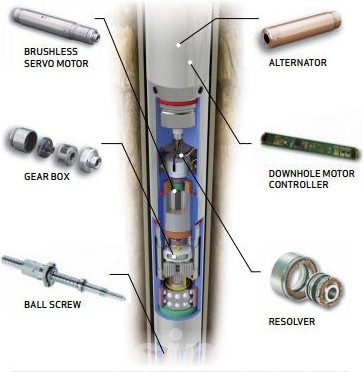
Functions and Types of Downhole Tools in Oil and Gas Operations
1. Logging Tools
- Measurement While Drilling (MWD): MWD tools measure various parameters such as drilling direction, azimuth, inclination, and toolface orientation in real-time, providing crucial data for steering the drill bit accurately.
- Logging While Drilling (LWD): LWD tools perform formation evaluation by measuring properties such as resistivity, gamma rays, neutron porosity, and density while drilling, aiding in reservoir characterization.
- Wireline Logging Tools: These tools are lowered into the wellbore after drilling is complete and provide detailed information about formation properties, fluid types, pressure, and wellbore integrity.
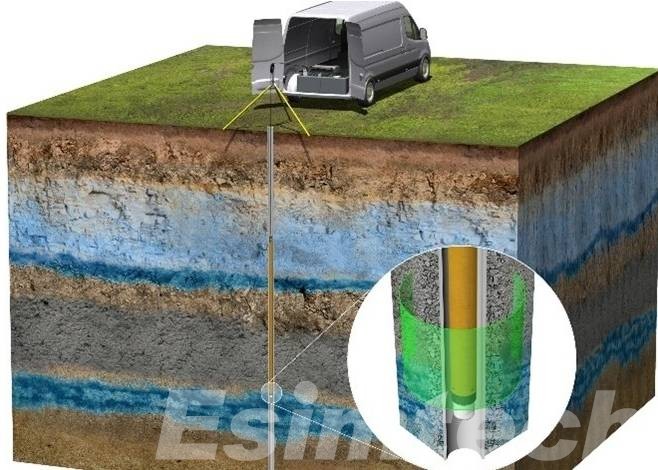
2. Drilling Tools
- Downhole Motors: These tools use hydraulic or electrical power to rotate the drill bit independently of the drill string, enhancing drilling efficiency and directional control.
- Rotary Steerable Systems (RSS): RSS tools enable continuous directional control of the wellbore while drilling, allowing operators to navigate complex geological formations accurately.
- Reamers and Stabilizers: Reamers enlarge the wellbore diameter to accommodate casing or other downhole tools, while stabilizers prevent deviation and maintain verticality during drilling.
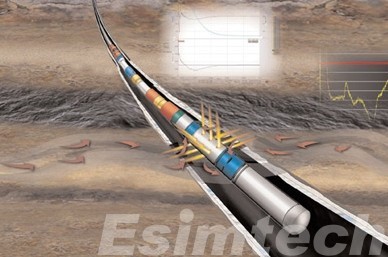
3. Completion Tools
- Packers: Packers create a hydraulic seal between different zones in the wellbore, preventing fluid migration and facilitating zonal isolation during production or stimulation operations.
- Downhole Safety Valves (DSV): DSVs are safety devices for downhole operations installed in the wellbore to automatically shut off flow in case of emergency, such as equipment failure or pressure fluctuations.
- Sand Control Systems: These tools prevent sand and other formation solids from entering the wellbore during production, thereby reducing equipment wear and minimizing reservoir damage.
4. Intervention Tools
- Coiled Tubing Tools: Coiled tubing is a continuous length of pipe deployed into the wellbore to perform various intervention activities such as cleanouts, acidizing, and hydraulic fracturing.
- Electric Line Tools: Electric line tools utilize a wireline cable to deliver instruments and tools into the wellbore for logging, perforating, and setting or retrieving downhole equipment.
- Hydraulic Workover Units (HWU): HWUs are mobile rigs used for well intervention and maintenance operations such as tubing replacement, plugging, and abandonment.
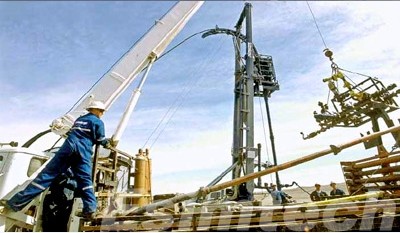
5. Production Enhancement Tools
- Artificial Lift Systems: These tools, including electric submersible pumps (ESPs), gas lift systems, and progressive cavity pumps (PCPs), are deployed downhole to increase fluid flow rates and optimize production from the reservoir.
- Chemical Injection Tools: These tools inject chemicals downhole to mitigate issues such as corrosion, scale buildup, and paraffin deposition, thereby improving well productivity and longevity.
6. Monitoring and Control Tools
- Downhole Gauges: These tools measure parameters such as pressure, temperature, and flow rate downhole, providing real-time data for reservoir monitoring and management.
- Smart Completion Systems: Smart completion tools incorporate sensors and control valves downhole to monitor and optimize production from individual zones within the reservoir, maximizing hydrocarbon recovery.
Innovations and Advancements in Downhole Tools
Significant advancements in technology have propelled the development of increasingly sophisticated downhole tools, revolutionizing the way wells are drilled, completed, and maintained.
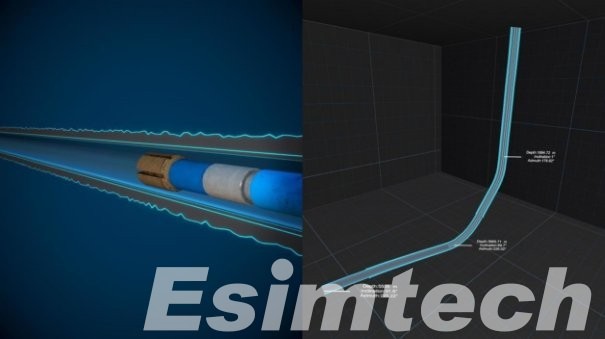
1. Miniaturization and Integration
- Microelectronics and Nanoengineering: Advances in microelectronics and nanoengineering have enabled the miniaturization of downhole tools, allowing for more compact designs without sacrificing functionality. Integrated circuits and sensors can now be embedded within smaller tools, reducing overall size and weight while enhancing performance.
- Multi-Functionality: Integrated downhole tools are capable of performing multiple functions simultaneously, eliminating the need for multiple tools and reducing rig time. For example, a single tool may combine drilling, logging, and completion functionalities, streamlining operations and improving efficiency.
2. Wireless Communication and Telemetry
- Real-Time Data Transmission: Wireless downhole tools equipped with robust communication systems enable real-time data transmission to the surface, providing operators with immediate insights into downhole conditions and facilitating proactive decision-making. This capability enhances drilling optimization, reservoir management, and well performance monitoring.
- Autonomous Operation: Wireless telemetry systems enable downhole tools to operate autonomously, responding to dynamic downhole conditions without direct human intervention. This autonomy enhances operational efficiency and safety, particularly in remote or challenging environments.
3. Advanced Sensors and Imaging Technologies
- High-Resolution Imaging: Advanced imaging technologies, such as ultrasonic imaging and electromagnetic imaging, provide detailed insights into downhole conditions, including formation structure, fluid composition, and equipment integrity. High-resolution imaging enhances reservoir characterization, wellbore stability assessment, and completion design.
- Multi-Physics Sensing: Downhole tools equipped with multi-physics sensors can simultaneously measure multiple parameters, including pressure, temperature, fluid flow rate, and acoustic properties. This holistic approach to data collection improves reservoir understanding and enables more accurate decision-making during drilling and production operations.
4. Intelligent Control and Automation
- AI and Machine Learning: Artificial intelligence (AI) and machine learning algorithms are increasingly being integrated into downhole tools to analyze vast amounts of data and optimize operational parameters in real-time. These intelligent systems can adaptively adjust drilling parameters, predict equipment failures, and optimize production strategies based on dynamic downhole conditions.
- Closed-Loop Control: Downhole tools equipped with closed-loop control systems can autonomously adjust drilling parameters, such as weight on bit, rotary speed, and drilling fluid flow rate, to optimize drilling efficiency and minimize formation damage. Closed-loop control enhances drilling precision and reduces non-productive time.
5. Enhanced Material Science and Durability
- High-Temperature and High-Pressure Materials: Advances in material science have led to the development of robust materials capable of withstanding extreme downhole conditions, including high temperatures, high pressures, and corrosive environments. These materials enhance tool durability, reliability, and longevity, reducing downtime and maintenance costs.
- Composite Materials: Composite materials, such as carbon fiber reinforced polymers (CFRP), offer lightweight and high-strength alternatives to traditional metallic components in downhole tools. CFRP tools exhibit superior corrosion resistance and fatigue performance, making them ideal for demanding downhole applications.
6. Smart Drilling and Completion Systems
- Smart Completion Tools: Smart completion systems integrate downhole sensors and control valves to monitor and optimize production from individual zones within the reservoir. These systems enable selective reservoir management, enhancing hydrocarbon recovery and extending well life.
- Automated Drilling Systems: Automated drilling systems combine advanced downhole tools with surface automation technologies to optimize drilling performance and minimize human error. These systems leverage real-time data analysis and predictive analytics to achieve precise wellbore placement and maximize drilling efficiency.
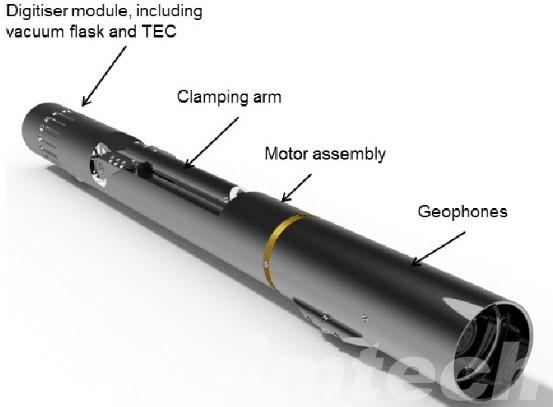
Challenges and Future Solutions in Downhole Tools for the Oil and Gas Industry
1. Extreme Downhole Conditions
Challenge
Downhole tools operate in harsh environments characterized by high temperatures, high pressures, corrosive fluids, and abrasive formations. These conditions can lead to equipment failure, reduced tool lifespan, and increased maintenance requirements.
Future Solutions
- Utilization of advanced materials resistant to extreme conditions, such as high-temperature alloys, ceramic composites, and corrosion-resistant coatings.
- Development of robust sealing and insulation technologies to protect sensitive components from downhole fluids and temperature fluctuations.
- Integration of predictive maintenance algorithms and real-time monitoring systems to anticipate equipment failures and proactively address maintenance needs.
2. Reliability and Durability
Challenge
Ensuring the reliability and durability of downhole tools is essential for minimizing downtime and maximizing operational efficiency. However, the harsh downhole environment and mechanical stresses can compromise tool integrity over time.
Future Solutions
- Adoption of advanced manufacturing techniques, such as additive manufacturing (3D printing), to produce complex geometries and optimize material properties for enhanced durability.
- Implementation of comprehensive testing protocols, including accelerated aging tests and field trials, to validate tool performance under realistic operating conditions.
- Integration of self-diagnostic capabilities and health monitoring systems to detect early signs of wear or damage and enable proactive maintenance.
3. Data Integration and Analytics
Challenge
Downhole tools generate vast amounts of data during drilling, completion, and production operations. Effectively integrating and analyzing this data is essential for optimizing performance, making informed decisions, and maximizing reservoir recovery.
Future Solutions
- Development of data interoperability standards and protocols to facilitate seamless integration of downhole tool data with existing monitoring and control systems.
- Implementation of advanced analytics techniques, including artificial intelligence (AI) and machine learning, to extract actionable insights from complex datasets and optimize operational parameters in real-time.
- Deployment of edge computing technologies to process data locally within downhole tools, reducing latency and enabling faster decision-making without relying solely on surface-based infrastructure.
4. Cost and Efficiency
Challenge
Downhole tools represent a significant investment for oil and gas operators, and minimizing costs while maximizing efficiency is paramount. However, factors such as tool complexity, maintenance requirements, and non-productive time can impact overall project economics.
Future Solutions
- Streamlining tool design and manufacturing processes to reduce production costs and lead times while maintaining high quality and reliability.
- Implementing predictive analytics and optimization algorithms to identify opportunities for efficiency improvements, minimize downtime, and optimize tool deployment strategies.
- Embracing innovative business models, such as equipment-as-a-service (EaaS) and performance-based contracts, to align incentives between tool providers and operators and incentivize outcomes rather than equipment ownership.
5. Environmental and Regulatory Considerations
Challenge
As the focus on environmental sustainability and regulatory compliance increases, downhole operations must minimize their environmental footprint and adhere to stringent regulations governing drilling fluids, emissions, and waste disposal.
Future Solutions
- Development of environmentally friendly drilling fluids and lubricants that minimize contamination and reduce ecological impact while maintaining drilling performance.
- Integration of emission monitoring systems and pollution control technologies into downhole tools to track and mitigate greenhouse gas emissions and other pollutants.
- Collaboration between industry stakeholders, regulatory agencies, and environmental organizations to develop and implement best practices for responsible downhole operations and sustainable resource extraction.
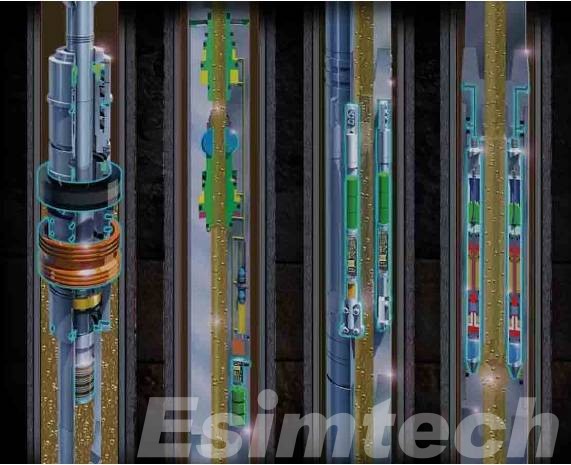
How Simulation Technology is Used in Downhole Tools
Simulation technology plays a critical role in the design, analysis, and optimization of downhole tools in the oil and gas industry.
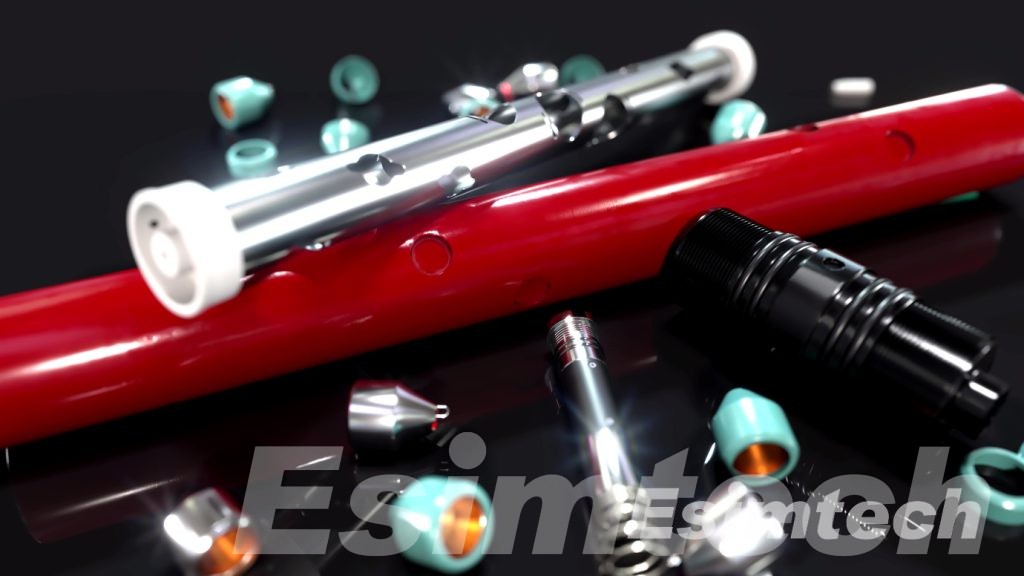
1. Virtual Prototyping
Engineers utilize simulation software to create virtual prototypes of downhole tools, allowing for rapid iteration and optimization of designs before physical manufacturing. This enables them to explore different geometries, materials, and configurations to maximize performance and durability.
2. Fluid Dynamics Simulation
Computational fluid dynamics (CFD) simulations are employed to model fluid flow within the wellbore and around downhole tools. By simulating factors such as fluid velocity, pressure distribution, and turbulence, engineers can optimize tool designs for enhanced fluid displacement efficiency and minimized pressure drop.
3. Heat Transfer Analysis
Thermal simulations are used to analyze heat transfer phenomena within downhole tools exposed to high-temperature environments. By modeling heat conduction, convection, and radiation, engineers can optimize thermal management strategies to ensure that critical components remain within safe operating temperatures.
4. Structural Analysis
Finite element analysis (FEA) simulations are utilized to assess the structural integrity and mechanical behavior of downhole tools under various loading conditions. Engineers can evaluate factors such as stress distribution, deformation, and fatigue to optimize designs for strength, reliability, and longevity.
5. Drilling Dynamics Modeling
Simulation software is employed to model drilling dynamics, including vibrations, stick-slip, and whirl, which can affect drilling efficiency and tool performance. By analyzing the interaction between the drill bit, formation, and drilling fluid, engineers can optimize drilling parameters to mitigate vibrations and enhance drilling stability.
6. Material Selection and Durability Assessment
Simulation tools assist in evaluating the performance and durability of materials used in downhole tool construction. Engineers can simulate material behavior under various environmental conditions, such as corrosion, wear, and high pressures, to select the most suitable materials for specific applications.
7. Sensitivity Analysis and Optimization
Engineers conduct sensitivity analysis and optimization studies using downhole operation simulators to identify critical design parameters and operational variables that impact downhole tool performance. By systematically varying input parameters and assessing their effects on performance metrics, engineers can optimize tool designs and operational strategies for maximum efficiency and reliability.

8. Real-Time Monitoring and Control
Advanced simulation models can be integrated into real-time monitoring and control systems for downhole operations. By continuously updating simulations with live data from downhole sensors, engineers can make informed decisions and adjust operational parameters to optimize tool performance in dynamic downhole environments.
Conclusion
Downhole tools encompass a wide array of instruments and equipment essential for the successful exploration, development, and production of oil and gas reservoirs. Innovations and advancements in downhole tools are driving a paradigm shift in oil and gas operations, enabling operators to unlock previously inaccessible reserves and improve overall efficiency and profitability. Simulation technology serves as a powerful tool for designing, analyzing, and optimizing downhole tools in the oil and gas industry.
Addressing the challenges facing downhole tools in the oil and gas industry requires a multi-faceted approach encompassing technological innovation, collaboration, and a commitment to sustainability. the functionality, reliability, and efficiency of downhole tools will continue to evolve, driving further innovation in the oil and gas industry.
